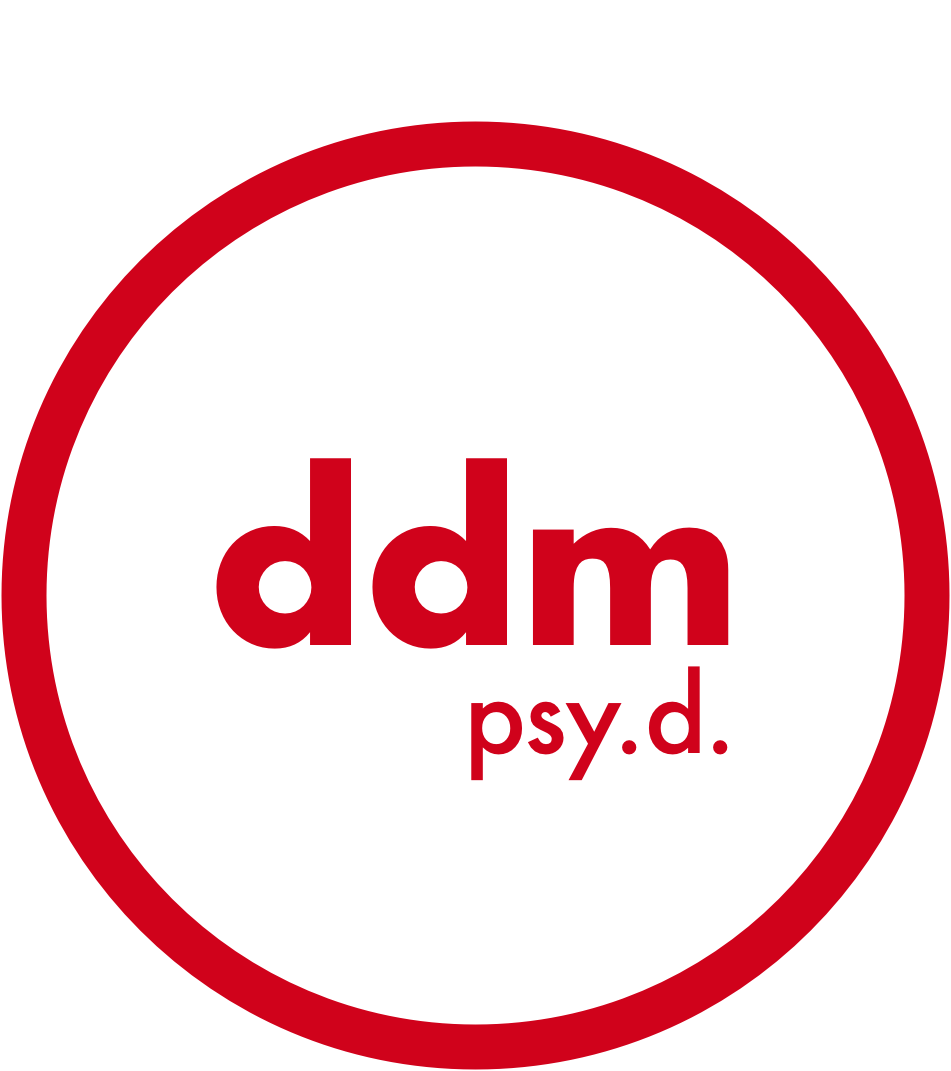Several years back the neuroscience world claimed to have found the ultimate brain building tool. Interaction with this item would not only stimulate new neural pathways but would also lead to robust and complex engagement of multiple regions of the brain. Enhancing the excitement about this finding, the community was thrilled to report that the tool was relatively inexpensive and could be accessed for free in virtually all communities. Rarely had such unanimous praise been offered to a single element. What was this new, exciting tool? A paper book.
It would be easy to assume that I am about to launch into a tongue and cheek, holier than thou discussion about how ebooks have made us lazy or how podcasts are stealing our ability to read. Please don’t make that assumption or stop reading. I really do having something to offer.
More and more I hear people talk about how much they’d like to read alongside how little they do it. Some refer to the ease of listening to books/news/articles while going about the otherwise mundane chores of life. Others talk about how laborious it is to carry around a book or how environmentally costly papers and magazines are. The vast majority of folks, however, who broach this subject with me, talk about how difficult it is to sit still and focus on the printed word on paper. Can you relate?
Illuminating the issues, an incredible professor, Joy Drinnon, offered this important insight in her review of my own (paper) book, “Unfortunately, I think that many of the problems [doreen] is pointing out may apply to other readers like myself; namely that my attention span is not what it used to be. I found myself craving pictures, bold font, shorter sentences and text set-off in a manner to recapture my attention as it inevitably drifted. This is certainly not the fault of the author or a criticism of the book. Indeed, it illustrates the norms and habits that have been changed by the nature of devices and their ability to deliver short bursts of highly entertaining and easy-to-digest nuggets.” I, myself, can relate to everything Dr. Drinnon says.
Research tells us that reading on paper versus screens is not the same. Our brains handle the information differently and our bodies do as well. Without the presence of a screen, our minds and bodies relate to the information differently. We have to focus in a novel way, tolerate the doing of one thing at a time (as opposed to our eyes hopping to different parts of the screen to check for other information), and navigate the unique sites, smells, and feels of the sheets of bound paper in our hands. We also have to be at least relatively still. Regardless of how difficult these expectations are to master, we are presented with research that tells us we might benefit from practicing this ancient task.
So, for those of you who could use a new skill, or those of you who would like to boost the firing throughout your brain, or those of you whose boredom tolerance needs a bit of work, here are some suggestions for how to read a paper book.
1 Make a mental or physical list of books and/or stories you’ve liked in the past. Consider genres of literature that appeal to you and make note of them.
2 Ask for (or seek out in other ways) some recommendations. There are lists of “must reads” everywhere. Use these if you must, but work to seek out suggestions from people who know you well and who have, themselves, done plenty of reading.
3 Give yourself a chunk of time at a bookstore or library. Wander widely. Find favorite books from your past and glance through them. Check out books in sections you wouldn’t imagine yourself enjoying. Ask an employee or librarian for some suggestions. Sit and read a chapter here and there. Notice how each book that you pick up feels and smells. Take it all in as sacred space.
4 Don’t write off the young adult fiction section. If it’s been a while since you’ve read a paper book, this might be the best place for you to start. YA authors are incredible at telling stories in all kinds of forms and often do so in fewer pages. This can feel rewarding when retraining yourself to sit still long enough to read on paper.
5 Prepare your space for the “work” of reading. When we aren’t used to sitting still and tending to a non moving, non backlit set of pages, the simple task of sitting still can be challenging. For this reason it can feel helpful to choose a space with intention. Light a candle or diffuse some essential oils. Put on some lyric free, very quiet music. Cozy the space with a blanket. One set of college students sent me photos of the blanket forts they created on their dorm floor for a read-in inspired by one of my talks. We all likely have what we need to create one of these. Even a bed sheet over a table with a few pillows tossed in will work just great.
6 If at first you don’t love it, keep at it. You may never be a person who loves reading books on paper (or on screens). Even still, every once in a while, try to keep at it. There is much to be gained in this.
I’d love to know what books you love, what books challenge you, and what tomes you aspire to complete. If you have any sparkling titles, please share them here.

